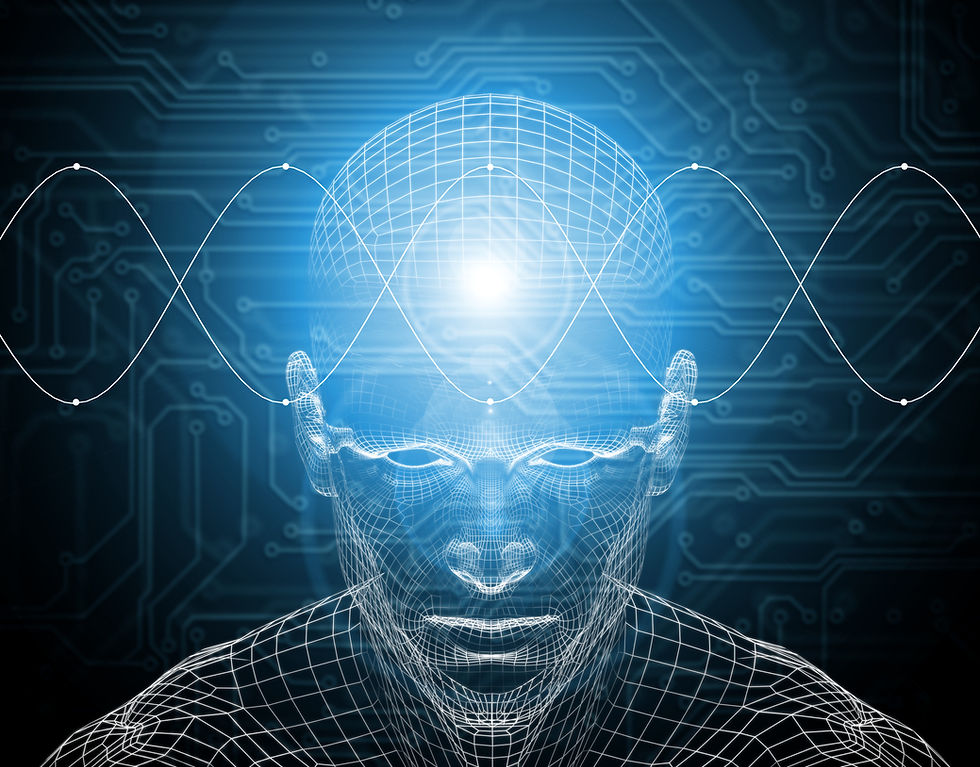A Lockdown Blog by Ruth Perrott
- Vision Care Development

- Jun 17, 2020
- 2 min read
Over the Lockdown period I have just completed 100 hours of CPD (Continuous Professional Development). This was live Sessions by Zoom featuring the best experiences in the world on subjects relating to the Brain. Brain Injury, Perception, and the effect of light on the human body.

The lectures were in one hour slots where I could type a question in the Chat, this would be read out by the moderator and answered in real time during the lecture, no matter where in the world!
It was so good to see greetings from 56 different countries in all different time zones. All sessions were recorded so for those reaching UK in unsociable hours, I could catch up at a later date.

Zoom removes all geographical barriers and brings together all the top experiences in this unique area of Vision and Brain working together.
80% of brain function involves the vision system.
Today I shall talk about perception.
Perception is fascinating. The eyes just collect the rays of light but it is the brain that has to organise, analyse and comprehend to direct action and how we function in the world around us.

Location – we have to point our eyes in the right direction to find our target. This has to be focused to be clear and single at the same time.
Cognition – to understand the image we need to have experienced it by the other senses. Why else do babies explore with their mouth?

Form consistency – a chair is a chair whatever the orientation or size. Each image falls differently in the retina, but the conclusion is always the same chair!

Spatial awareness – we live in a world of space which is visually assessed and the root of all mathematics.
Laterality and directionality – the word over or behind has little sense if you don’t know where it is in the first place. We need to know where our body ends and the rest of the world begins.
Visual Motor Integration – The eyes tell the hands where to move so we can write, eat etc.

Visual Verbal – the eyes tell the mouth to talk about it.
Analysis – working things out, abstract thought and ideas are often visualized in the mind’s eye.
Discrimination – on paper there is little difference between a house and a horse. If children cannot see the difference between the u and the r then reading becomes a chore.
Figure Ground – can we select the area of importance and ignore the background?
The more we learn about the brain, the more complex it becomes and the more we realise how much we do not know! This becomes an obsession and each reference will take you to two more references so the job is never finished.
Let’s just view it as a journey to be continued throughout life.
Ruth Perrott.




За да спечелите повече в крипто казина, фокусирайте се върху игри с висока възвръщаемост. Блекджекът, например, има RTP до 99.5%, ако следвате основна стратегия. https://bulgariaonlinecasino.bg/ Управлявайте средствата си, като залагате не повече от 2% от бюджета си на рунд. Използвайте бонуси за нови играчи, които често удвояват първия депозит. Проверявайте платформите за лицензи и блокчейн технология, която гарантира честност. Избягвайте да преследвате загуби, защото това води до грешки. Играйте с ясна цел и спрете, когато достигнете лимита си. Търпението и анализът са ключът към дългосрочни печалби.
From a technical perspective, the integration of smart booking systems into corporate environments represents a significant step forward in workplace efficiency. Modern platforms employ sophisticated algorithms to optimize room allocation while maintaining robust security protocols. The implementation of end-to-end encryption for booking data, combined with seamless calendar integration, ensures both convenience and confidentiality. Real-time monitoring capabilities 🔐 provide facilities managers with comprehensive insights into space utilization patterns, enabling informed decision-making about resource allocation. The system's ability to adapt to various organizational structures while maintaining strict access controls demonstrates the versatility of contemporary workspace management solutions. Further technical specifications and security features can be found at https://unspot.com/meeting-rooms/ As organizations continue to prioritize both efficiency and security in their operations, the role…
Zoom removes all geographical barriers and brings together all the top experiences in this unique area of Vision and Brain working together.
The lectures were in one hour slots where I could type a question in the Chat, this would be read out by the moderator and answered in real time during the lecture, no matter where in the world!
It was so good to see greetings from 56 different countries in all different time zones. All sessions were recorded so for those reaching UK in unsociable hours, I could catch up at a later date.